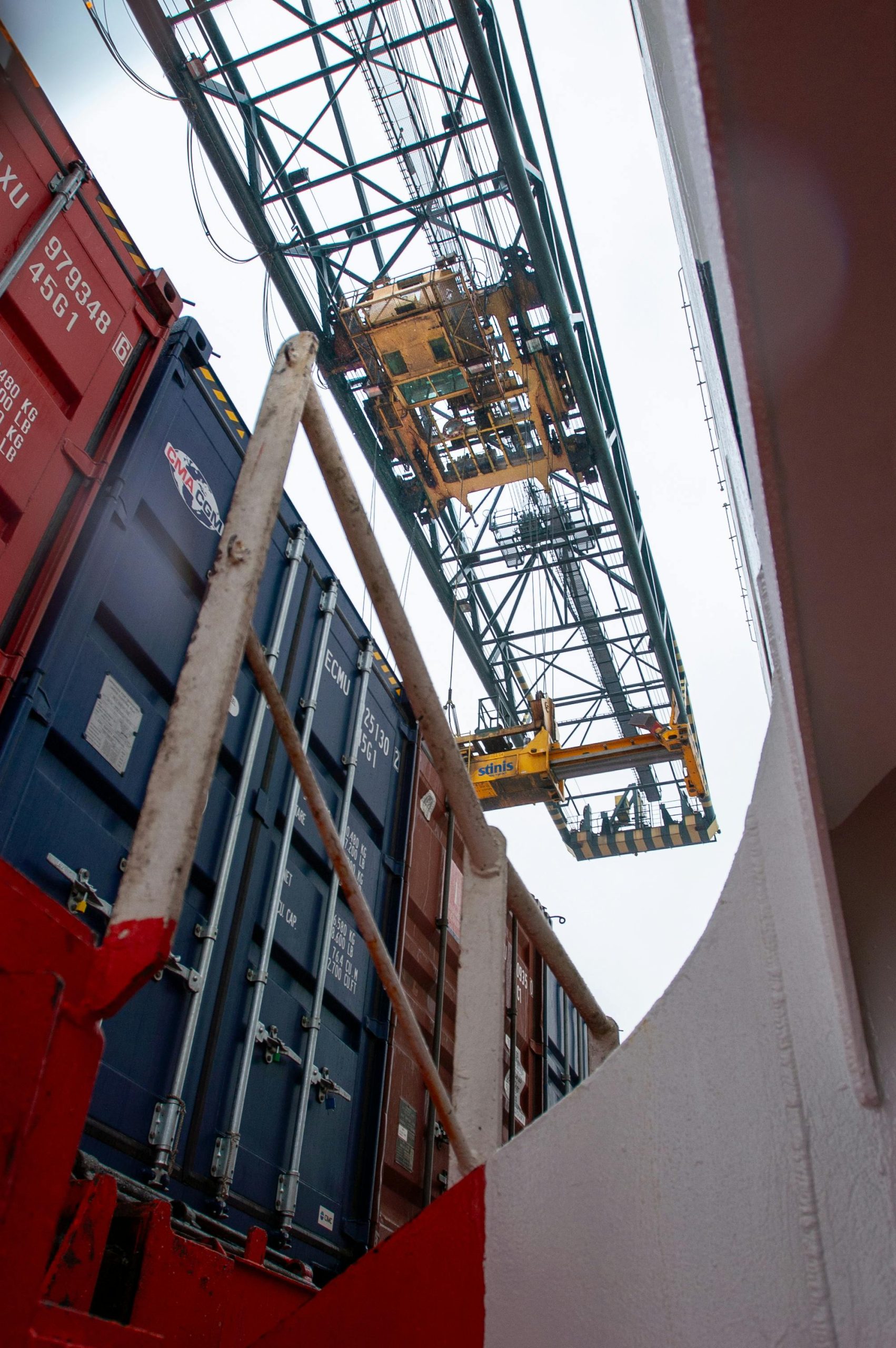Overhead crane engineering is evolving rapidly to enhance safety and efficiency in heavy lifting. Advances like E&C’s Kinematic Drive System improve load control and durability, while customizable designs meet diverse industry demands. These innovations reduce risks, extend equipment lifespan, and provide operators with better control — redefining standards for safer, more reliable lifting solutions.
Core Principles of Overhead Crane Engineering and Safety Standards
When delving into the core principles of overhead crane engineering, Smithwick Engineering exemplifies how technical rigor and regulatory compliance drive reliability and safety. Modern crane design principles require aligning each stage of development—from structural analysis to mechanical component selection—with established safety standards such as the CE Mark and OSHA regulations. These frameworks mandate that every crane installed adheres to documented procedures and undergoes routine validation, creating a baseline of trust in the machinery’s resilience.
Additional reading : Transforming spaces: the vision of a real estate developer
Maintaining lifting machinery safety standards is non-negotiable. Adherence includes strict attention to documentation, from assembly diagrams to operation manuals, and the creation of detailed inspection checklists. These lists support engineers, operators, and maintenance teams to proactively detect faults or wear, thereby reducing operational downtime and risk.
Regulatory compliance in crane engineering extends further into regular industry safety audits and testing. This process is reinforced by checklists that assess electrical systems, load path integrity, and the correct functioning of safety protocols. Commitment to these industry standards for overhead lifting not only protects equipment and operators but also supports productivity and cost control through reliable, compliant operations.
Also to read : What are the essential elements of effective networking for UK entrepreneurs?
Structural Design, Load Capacity, and Customization in Overhead Cranes
Single and Double Girder Crane Design & Structural Analysis
Structural analysis for cranes is the cornerstone for ensuring stability and safety in overhead systems. Single girder overhead cranes use one main girder, making them preferred for lighter loads and more compact environments. In contrast, double girder overhead cranes incorporate two girders, providing improved load distribution in crane beams and increased durability for applications requiring higher lifting capacities. The crane bridge structure design focuses on optimizing the load path, reducing stress concentrations, and safeguarding performance through steel framework engineering. Beam cranes stand out for their tailored horizontal beam arrangements, efficiently adapting to a spectrum of operational needs.
Load Calculations and Distribution Optimization
Precise crane load capacity calculations are executed by assessing expected forces, weight of the transported materials, and dynamic effects. Strategies emphasizing balanced load distribution in crane beams reduce localised strains, while careful alignment helps maintain structural integrity and minimize risks. Engineering teams implement these calculations to maximize operational safety and prolong service life in both standard and custom configurations.
Custom Crane Manufacturing and Bespoke Solutions
The custom crane manufacturing process addresses complex spatial restrictions and unique load profiles. Industry experts design bespoke systems—including single or double girder variants, monorails, and beam cranes—to handle challenges such as confined workspaces or non-standard lifting requirements. Advanced steel framework engineering and a robust crane bridge structure design ensure each tailored solution meets current industrial standards and application-specific demands.
Advanced Technologies and Maintenance Best Practices in Crane Engineering
Adopting advanced crane monitoring systems drastically improves both performance and safety by enabling real-time analysis of equipment data. These tools, combined with automation software for lifting systems, facilitate predictive maintenance in crane engineering—intervening before faults can escalate into failures. Integrating features such as variable speed control and Kinematic Drive Systems optimizes overhead lifting equipment maintenance and minimises operational disruption.
Routine overhead crane wear and tear diagnostics are mandatory to identify component deterioration early. Proactive strategies—like scheduled checks and utilising predictive maintenance in crane engineering—directly contribute to overhead crane service life extension. Service contracts structured for periodic, condition-based interventions further reduce risk, supporting continuous and reliable lifting operations.
Precision in overhead crane lubrication techniques, together with prompt overhead crane parts replacement, stands at the heart of robust upkeep. Customised lubrication schedules and expert part identification help limit downtime. Automation software for lifting systems also streamlines these maintenance processes, contributing to overhead crane service life extension and securing operational efficiency. Monitoring usage patterns and wear data through advanced crane monitoring systems empowers teams to tailor interventions—maximising asset longevity and workplace safety.
Lifting Operations, Operator Training, and Site Implementation Strategies
Overhead crane operation training begins with thorough instruction on equipment handling, risk assessment in lifting operations, and safety protocols. Operator competence is measured through both theoretical and hands-on evaluations, ensuring individuals understand inspection checklists, proper crane rigging techniques, and recognize critical hazards. Crane operator training certifications must be obtained through accredited programs, providing assurance that operators adhere to national and international standards.
Comprehensive risk assessment in lifting operations is fundamental before any task. This process identifies environmental or mechanical risks, implements mitigations, and establishes overhead crane emergency protocols. Emergency response drills and scenario-based exercises reinforce preparedness, enabling teams to rapidly execute actions in emergency conditions. Overhead crane inspection checklists are routinely used to assess structural integrity, mechanical functionality, and operational controls.
Successful project execution demands systematic overhead crane installation procedures, including precise assembly, alignment, and load testing. Ongoing overhead crane project management covers periodic inspections, continuous operator refresher training, and documentation updates. Thorough crane certification and testing procedures guarantee continued compliance with evolving regulations and bolster workplace safety across various industrial settings.











